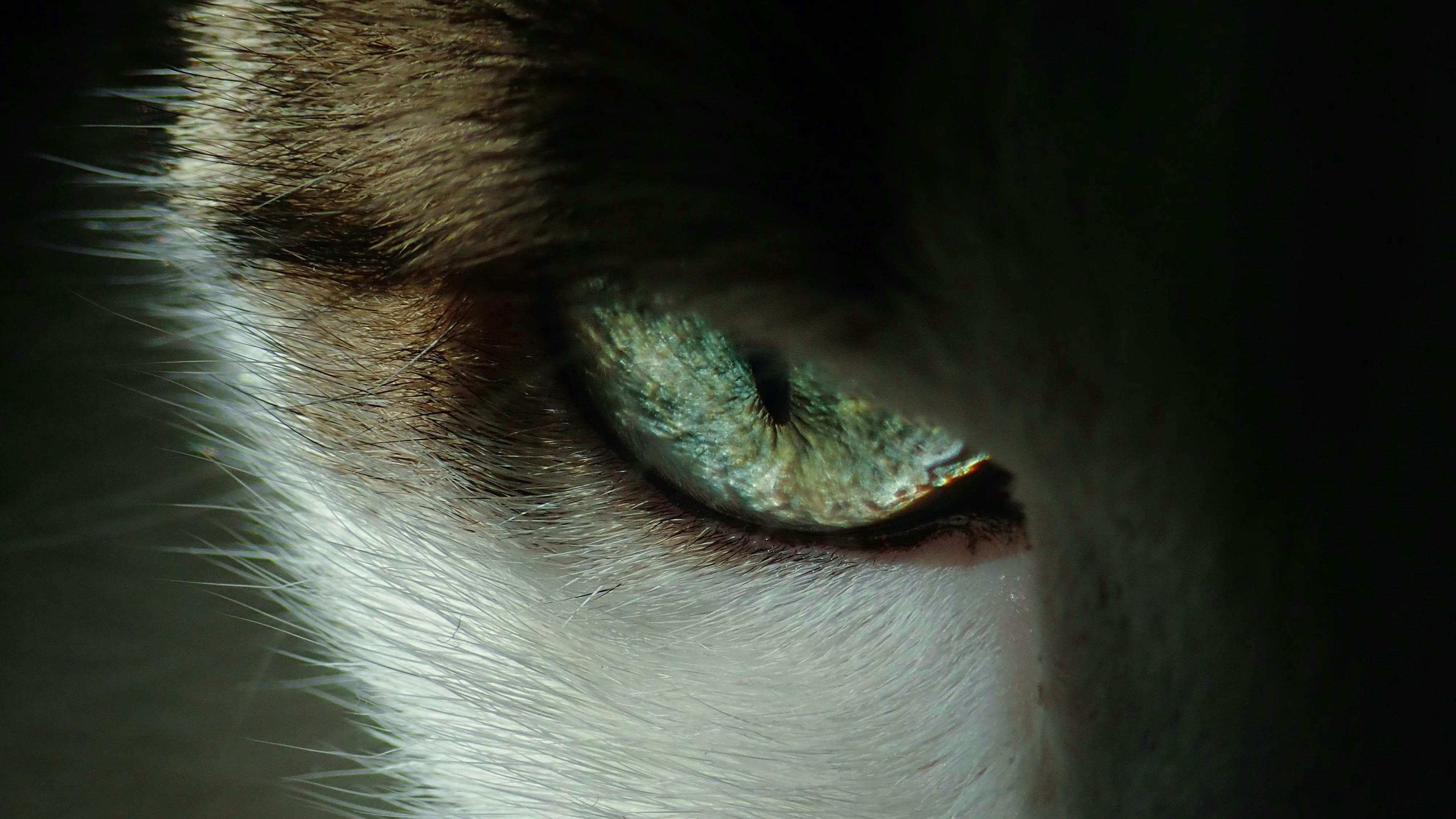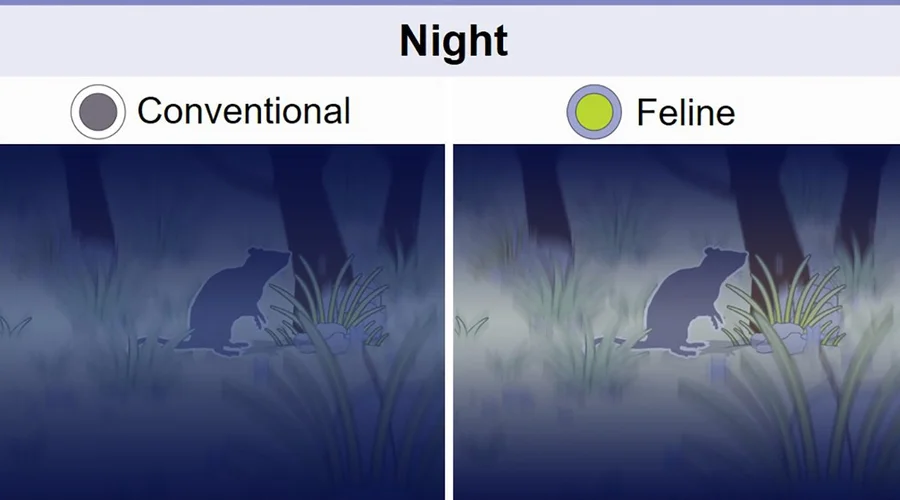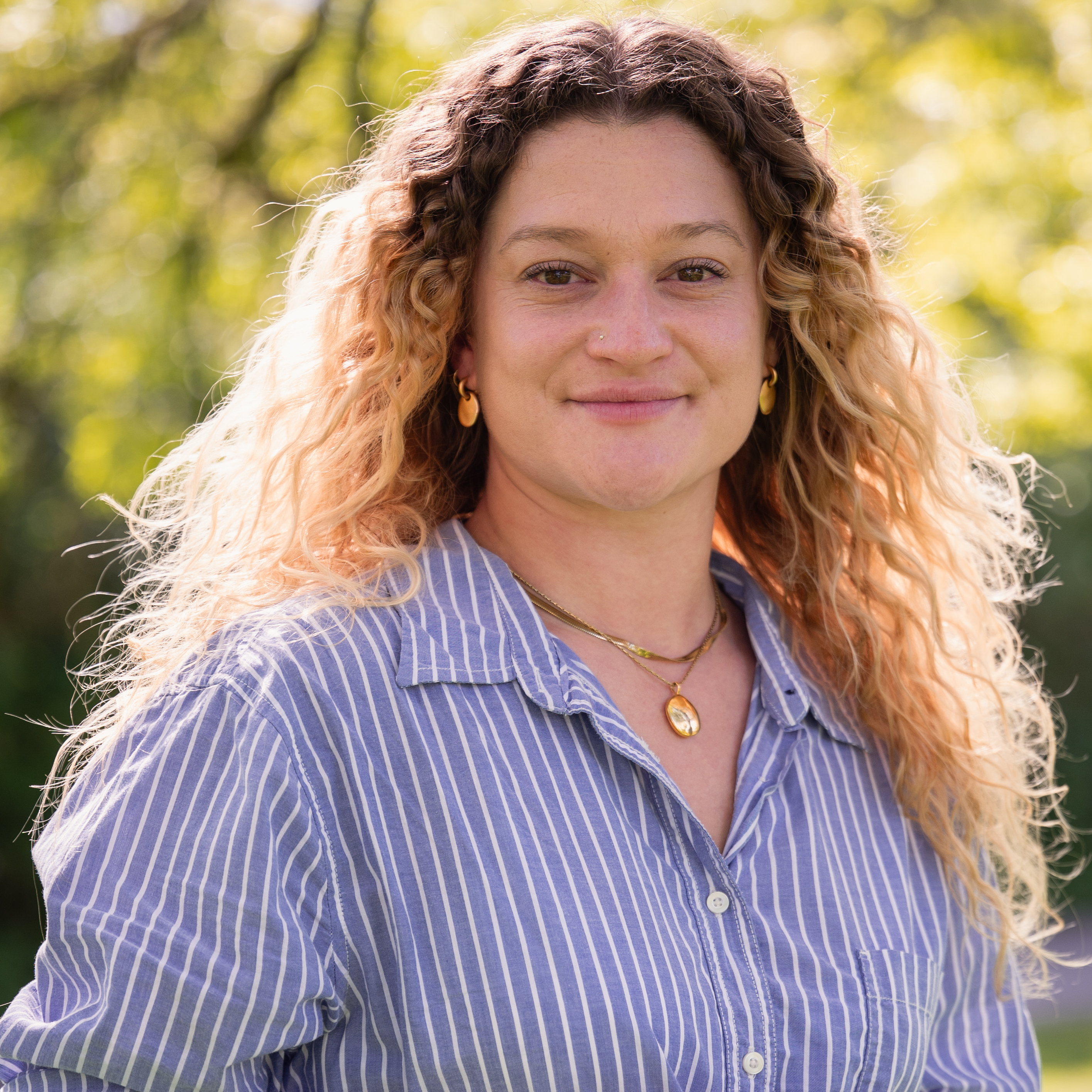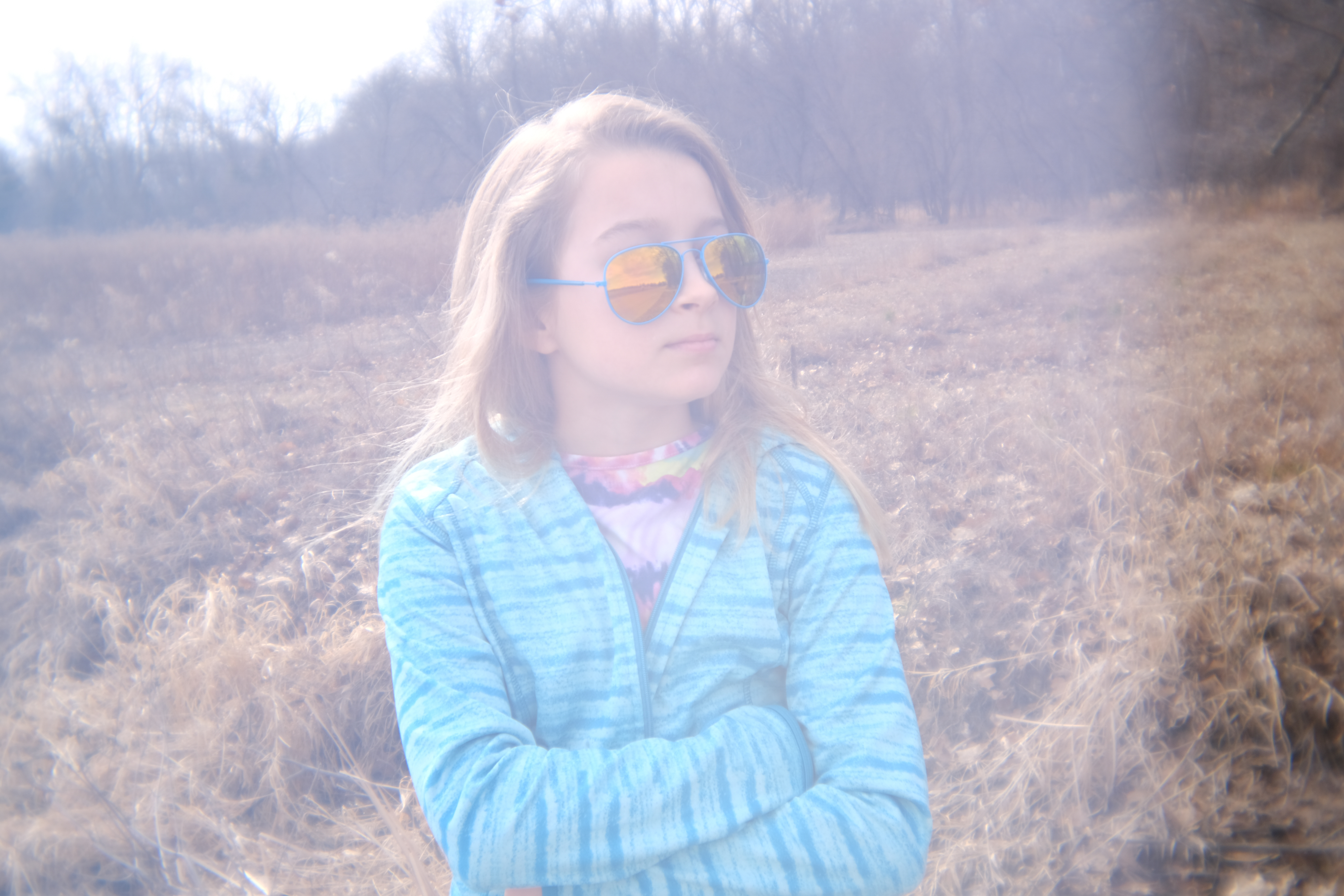There's no hiding from this cat's eye camera that can see right through camouflage
Researchers have developed a camera inspired by cat's eyes that can distinguish an object against a similar background

Solving the problem of tracking objects that are similar to their surroundings is a big problem for large autonomous vision systems, such as self-driving cars and drones.
Artificial intelligence algorithms can break through the camouflage, however, they take large amounts of time, power, and funds.
Technical solutions to technical problems are coming thick and fast these days, and researchers in South Korea have designed a new camera that might have solved the issue with a camera that takes inspiration from the eyes of a cat.
Young Min Song, a professor of electrical engineering and computer science at Gwangju Institute of Science and Technology is one of the camera’s designers. His recent research has been focused on copying the perfectly adapted eyes of animals to improve camera hardware, and creating specialized cameras for different jobs.
Some ambush predators with small body sizes tend to have vertical pupils with elongated shapes, which have certain advantages, “such as asymmetric DoF and high-definition focus on the targeted object. This enables easy detection of the prey even when it is camouflaged in natural environments” says the research study.

“Under bright conditions, the cat’s pupil constricts to form a vertical slit-like shape, which prevents dazzling by excess light while camouflage breaking is achieved. In dim conditions, the pupil fully dilates into a round shape to ensure sufficient light reception, and this fully dilated pupil is also favorable for camouflage breaking.”
The artificial vision system inspired by the unique properties of the feline eye consists of two components: an optical lens with custom made apertures, (e.g. elliptical, full-opening circular, and small circular shaper apertures), and a hemi-spherical silicon photodetector array combined with patterned silver reflectors (HPA-AgR).
Get the Digital Camera World Newsletter
The best camera deals, reviews, product advice, and unmissable photography news, direct to your inbox!
Combined, these two features allowed the camera to be 10% more accurate at distinguishing camouflaged objects from their backgrounds, and 52% more efficient at absorbing incoming light.
The researchers 3D printed a vertical slit, like a cat’s pupil, to use as an aperture for the camera, which they tested using seven computer vision algorithms created to track moving objects. The vertical strip was effective and increased contrast between a target object and its background, even if they were visually similar.
The cat's eye camera beat the conventional camera five out of seven times, and the two times it lost were within a 10% accuracy margin.
The in-built reflector in a cat’s eye reflects the light that passes through the retina back at it, so it can process both the incoming and reflected light, giving felines fantastic night time vision.
The researchers replicated this biological structure by placing a silver reflector under each photodiode in the camera, able to generate an image with about 1/200th the light than without a reflector.
The researchers curved the image sensor, like the back of the human eye, and the reflectors behind each photodiode allowed them to create a curved imager without sacrificing light absorption.
The vertical slits, the reflectors and the curved sensor combined to create a camera that could see more clearly in the dark, and isn’t fooled by camouflage.
“Applying these two characteristics to autonomous vehicles or intelligent robots could naturally improve their ability to see objects more clearly at night and to identify specific targets more accurately,” says Song. He foresees this camera being used for self-driving cars or drones in complex urban environments.
Take a look at the best drones for beginners, the best cameras for professionals, and the best trail cameras.

After graduating from Cardiff University with an Master's Degree in Journalism, Media and Communications Leonie developed a love of photography after taking a year out to travel around the world.
While visiting countries such as Mongolia, Kazakhstan, Bangladesh and Ukraine with her trusty Nikon, Leonie learned how to capture the beauty of these inspiring places, and her photography has accompanied her various freelance travel features.
As well as travel photography Leonie also has a passion for wildlife photography both in the UK and abroad.
